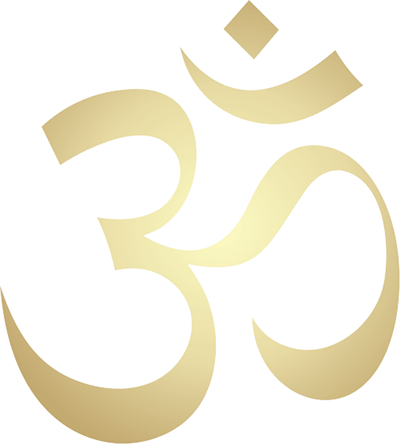



108 Names of Bharat Mata Video
108 Names of Bharat Mata
Gayatri Mantras Video
Bharat Mata Gayatri Mantras
Ekavimski Video
Bharat Mata Ekavimsati Song

Click on Link below to go to Youtube Videos
To download MP3 Audio right click and "save link as"
Home
About the Author
108 Names of Bharatamata
Gayatri Mantras
Ekavimsati Song
Speaking/Media Contact
Sri Bharatamata
Ashtottaram 36
36) OṀ TYĀGA BHŨMYAINAMAH:
OṀ (AUM) - TYAA - GA - BHOO- MYAI- NA--MA- HA
(Tyāgam: means-Renunciation, sacrifice, giving up)
Tyāgam or giving up is an important concept found in the Hindu scriptures. It has two aspects: giving away something to someone who needs it more (dāna); giving up an object feeling that it is not a necessity or even an obstacle to the way of life one has chosen (renunciation). Dāna has been prescribed as a duty for the householders. Vairāgya is an essential qualification for the one who aspires after sannyāsa or monostic life. The Manusmruti forbids a householder from giving up his parents, wife and sons who depend upon him. The Bhagavadgīta gives a general definition of tyāga as giving up the fruits of all actions. It then categorises the tyāga into three types: sāttvika, rājasa and tāmasika. The Bhagavadgīta, however, unequivocally declares that works like yajna (sacrifice), dāna (giving gifts) and tapas (austerities) should not be given up, but, must be performed. They always have a purifying effect.
Swami Vivekānanda said 'a person born on the Bharata land which knows tyāgam and dharmam, does not have to go anywhere else. There were many Indians sacrificed their lands and lives during the freedom movement and independence struggle with British who came for business and trade with us and sneakly and with force occupied our land for centuries. Independent fighters like Chatrapati Sivājī, Alluri Sitārāma raju, Rāṇī Rudrama Devi and many more fought for our independence and sacrificed their lives. Gandhi was famous for his civil disobedience movement (satyāgraha) against British rulers and following non-violence as his weapon in the freedom movement and sacrificed his life for India's independence.
There are many tales and fables about tyāgam in our purāṇās and itihāsās. One of those stories is where, a male dove falls into fire and becomes a meal to the guest who comes under her nest in a tree and Sibi chakravarti, king of Kāśi cuts flesh from his thigh and offers it to a hawk as a meal in order to keep his owe that he would protect anyone who took refuge in him and protects a pigeon from the hawk. There were many women in Indian villages, who sacrificed everything they had for the protection and welfare of the villagers. They are deitified, and worshipped as the village protectors by the villagers. People celebrate these deities' birthdays annually with decorations, fireworks, parades, and processions. This is just a glimpse of Indian culture used to be, where tyāgam ran in the blood of many Hindus. Even today, you see parents in every house, street, town or city in India, who sacrifice many things and pleasures in their lives in order to provide better education and better lives for their children. It is almost like taking it granted this type of sacrifice among parents in India unlike in western cultures where the children are on their own once they reach the age of eighteen years old.
The land we call as our mātrubhōmi is the home of sacrifice and is 'Tyāga Bhūmi'.

